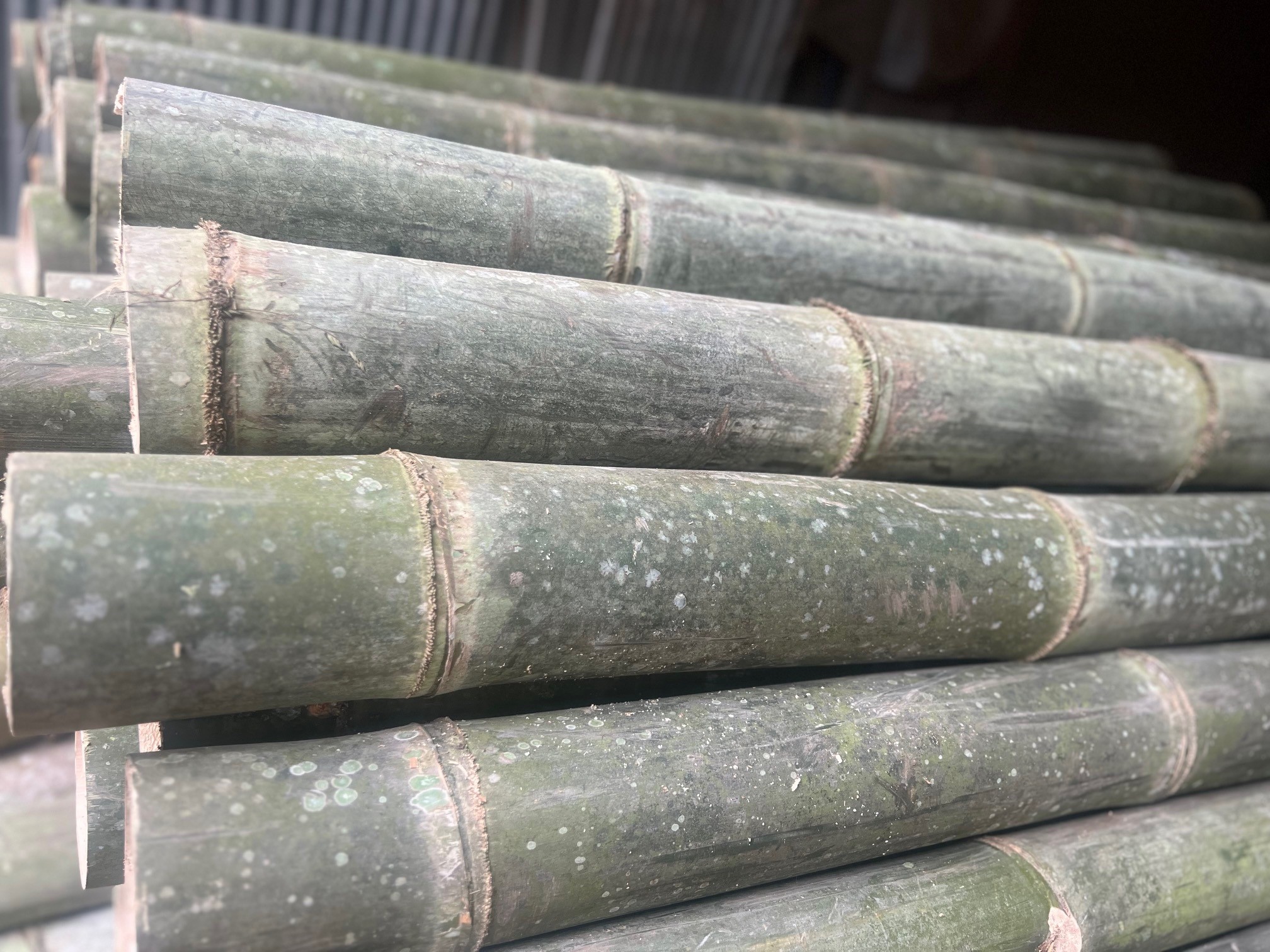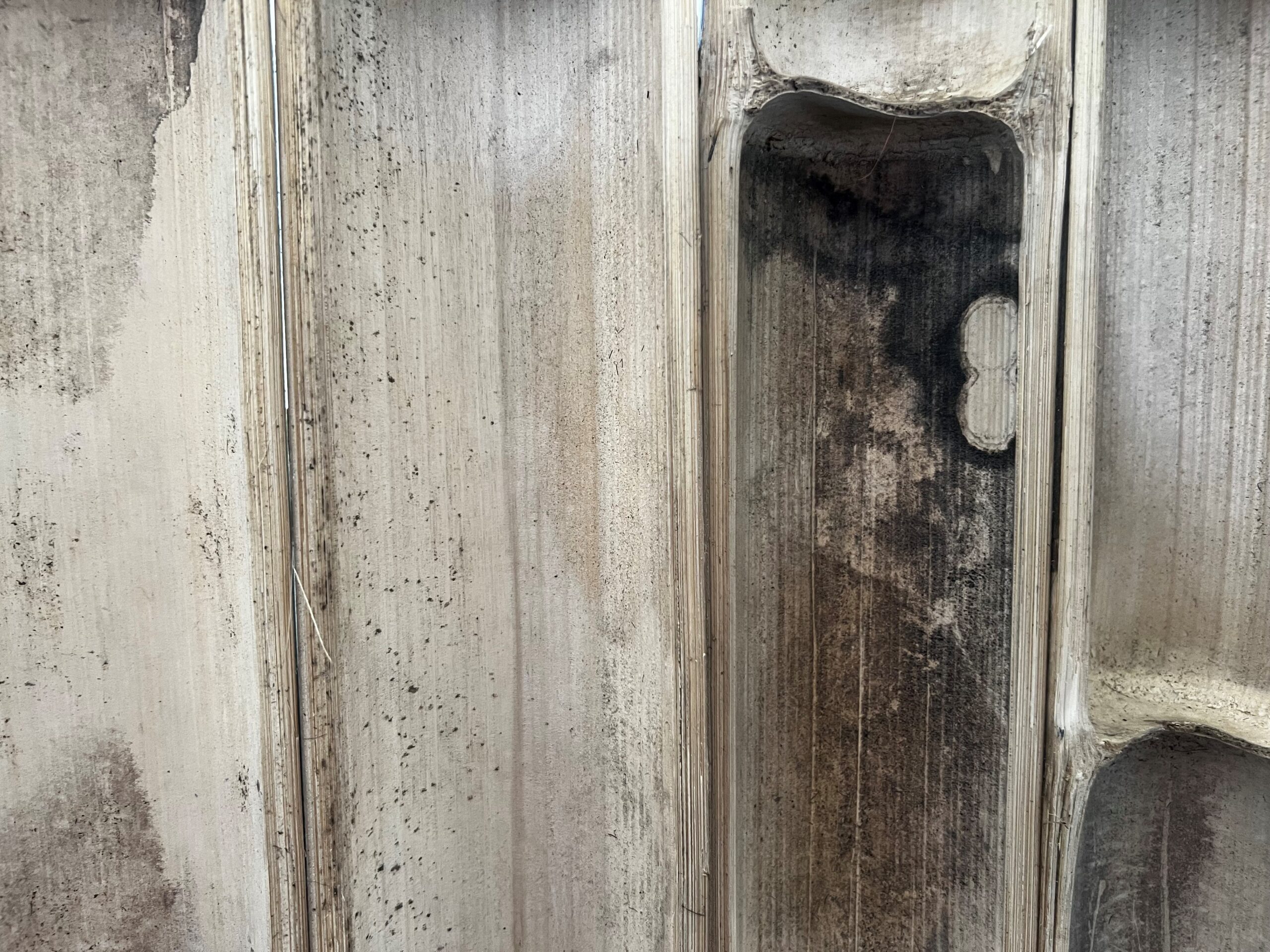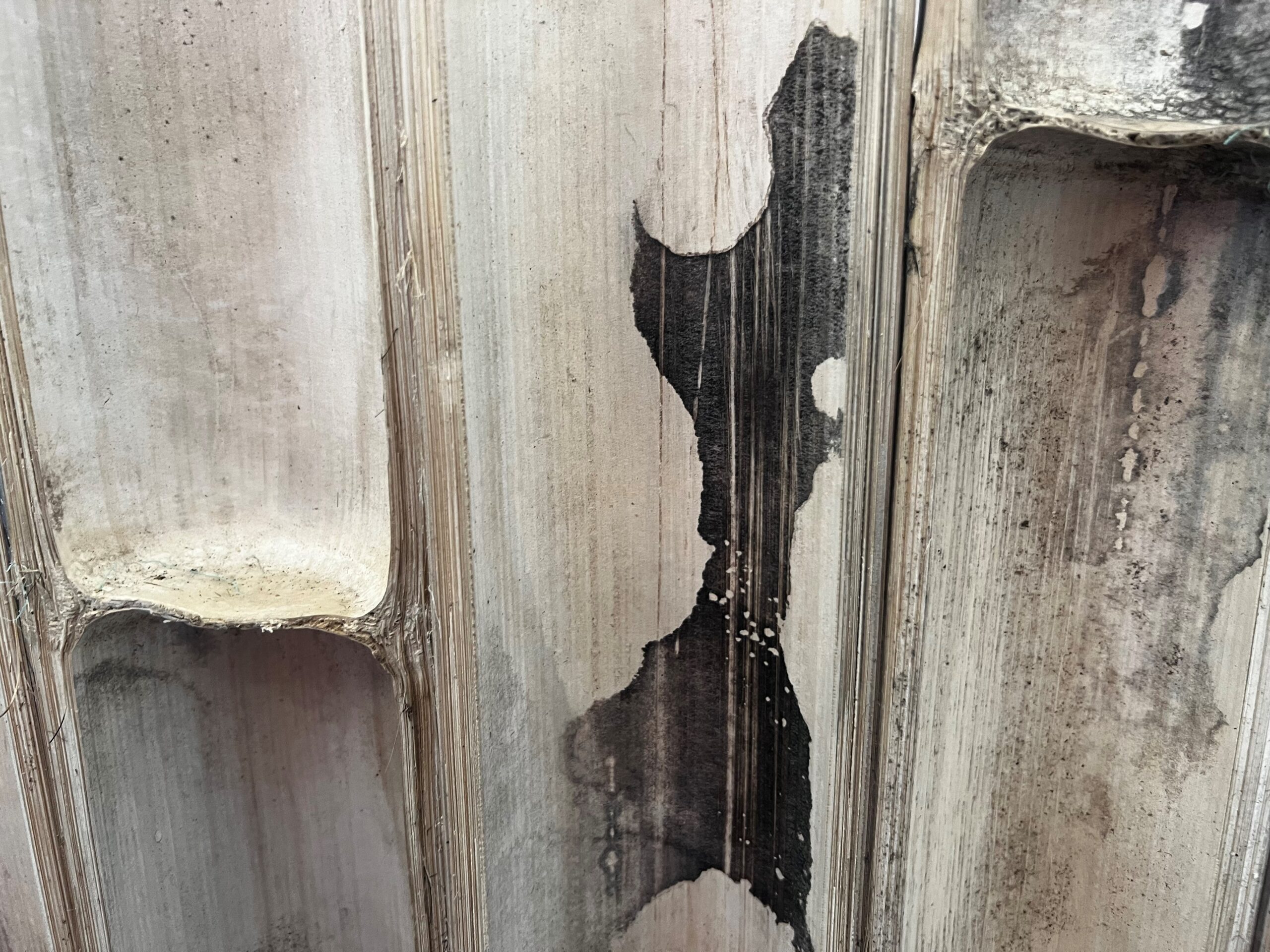FAQ
BAMBOO RAFTS
Bamboo is a fast-growing plant, which can grow up to 1m overnight. This rapid growth comes with growing pains in the form of black spots or marks on the inside and white blotches on the outer skins. The older and larger the bamboo poles, the more marks it accumulates. These are naturally occurring and likened to age spots or wrinkles on humans!.
Each and every pole of bamboo used is scrubbed with an anti-fungal (mould) and insecticide before
it is used in construction.
Below are some images of black bamboo in its natural state. Not dirty or mouldy, just as nature-
made.
 |
 |
 |
 |

|
 |
 |
 |
Poles used in the rafts vary in diameter from 30-90mm. In general, the yellow bamboo poles are smaller than the black ones.
The black ones range from 60mm diameter to 90mm diameter. The yellow poles range from 30mm-65mm. But as no bamboo poles are rejected, these measurements are a guideline only.
All rafts are soaked for half a day in a combination of boric acid and borax. This is done to kill insects and combat mould.
Boric acid is a white or clear-coloured, odourless compound. It is a mild acid which is relatively non-toxic to humans and non-carcinogenic. It has a wide variety of uses in and around the home. It also is used in cosmetic and pharmaceutical products, in pest control and in manufacturing.
Borax, also called “sodium tetraborate”, is a powdery white mineral that has been used as a cleaning product for several decades. It has many uses: it helps get rid of stains, mould, mildew and insects.
Bamboo is cut to required size at harvest location and transported to our factory. The bamboo is then washed, cleaned and dried out in the sun.
The poles then have the inner husk and nodules removed and sharp edges are cut away. Then they are soaked in a solution of boric acid & borax. Poles are dried out again.
Then the treated poles are taken to the construction area. Finished pieces are quality-checked and the final fences are sprayed with a water-based acrylic protectant.
Mount screens on solid frame using appropriate hardware.
Do not position screens directly on wet surfaces or soil, or water absorption will occur and increase the rate of rot. Use our bamboo capping on top to reduce the amount of water entering your screen from the top and therefore reducing the rate of rot.
BAMBOO STAKES/POLES
All poles are soaked for 5 days in a combination of boric acid and borax. This is done to kill insects and combat mould.
Boric acid is a white or clear-coloured, odourless compound. It is a mild acid which is relatively non-toxic to humans and non-carcinogenic. It has a wide variety of uses in and around the home. It also is used in cosmetic and pharmaceutical products, in pest control and in manufacturing.
Borax, also called “sodium tetraborate”, is a powdery white mineral that has been used as a cleaning product for several decades. It has many uses: it helps get rid of stains, mould, mildew and insects.
Please send an email to sales@latticemakers.com with your request.
This should include:- Style of covers
- Quantity
- Fabric choice
- Postage address
- Phone number to call for payment prior to posting
Please include all your contact details.
BAMBOO SCREENING
Due to over-harvesting, naturally black-coloured thin bamboo has become very difficult to find.
These days, dark yellow/light brown thin bamboo is steamed or smoked which we describe as “carbonised”. This gives the bamboo a darker colour.
TREATED PINE RANGE
35mm wide x 7mm high approximately for our standard lattice.
35mm x 12mm approximately for our DAR (dressed all round) lattice.
The main concern with CCA-treated timber is that it contains arsenic, which can be ingested (swallowed) or inhaled (when CCA-treated timber is burnt). Over time, small amounts of chemicals may leach from CCA-treated timber, but research has found that the amount of leached arsenic is less than that found in common foods.
Since the general population is exposed to naturally occurring arsenic in soil, water and food, the human body can tolerate small amounts of arsenic.
CCA-treated timber should not be used to build children’s play equipment, patios, domestic decking, handrails, new garden furniture, exterior seating or picnic tables.
CCA-treated timber can be used for poles, fencing, landscaping timbers, piling and other structure foundations, residential construction, industrial and commercial construction, rural and farm use, fresh and salt water structures, signage and boat construction.
Existing structures made from CCA-treated timbers do not need to be removed and replaced until they reach the end of their functional life.
HELLO SPROUT GARDEN STAKES
ROLAPAK RANGE
The main concern with CCA-treated timber is that it contains arsenic, which can be ingested (swallowed) or inhaled (when CCA-treated timber is burnt). Over time, small amounts of chemicals may leach from CCA-treated timber, but research has found that the amount of leached arsenic is less than that found in common foods.
Since the general population is exposed to naturally occurring arsenic in soil, water and food, the human body can tolerate small amounts of arsenic.
CCA-treated timber should not be used to build children’s play equipment, patios, domestic decking, handrails, new garden furniture, exterior seating or picnic tables.
CCA-treated timber can be used for poles, fencing, landscaping timbers, piling and other structure foundations, residential construction, industrial and commercial construction, rural and farm use, fresh and salt water structures, signage and boat construction.
Existing structures made from CCA-treated timbers do not need to be removed and replaced until they reach the end of their functional life.
HARDWOOD TIMBER SCREENS
All our timber screens are made from FSC hardwood timber.
For more information about FSC, please visit https://www.fsc.org/en
LASER CUT BAMBOO RANGE
Natural, organic bamboo is harvested and processed by pulverising the poles. This pulp is then washed and treated against insects and rots. Once washed it is dried out and shaped into a sheet with special adhesive. This adhesive contains an anti-moulding agent.
Each sheet is then “baked” at a high temperature. Out unique designs are then laser-cut into the bamboo sheet with precision accuracy.
To increase the longevity of this range, you should seal it at least every 12 months.
With sandpaper lightly sand in the direction of the grain till your screen is dull. Wipe surface of dust and apply clear polyurethane coating to surface and edges. Allow to dry and repeat at least 2 times.
SOU-WESTER CHAIR COVERS
No. The only colours and fabrics available are those shown on our website.
The images shown are of stock we no longer have. These chairs are shown merely to show chair cover styles.
All our orders are made to measure. We do not have ready-made stock. It usually takes 1-2 weeks plus postage.
During peak season (i.e. Summer and just before Xmas), production time increases to 3-4 weeks plus postage time.
Please send an email to sales@latticemakers.com with your request.
This should include:- Style of covers
- Quantity
- Fabric choice
- Postage address
- Phone number to call for payment prior to posting
Please include all your contact details.
